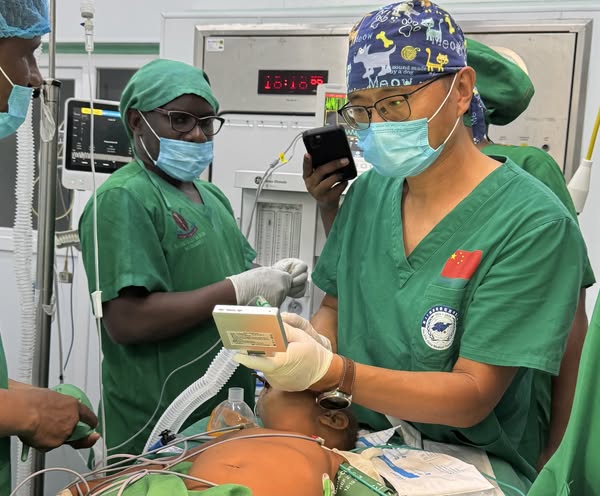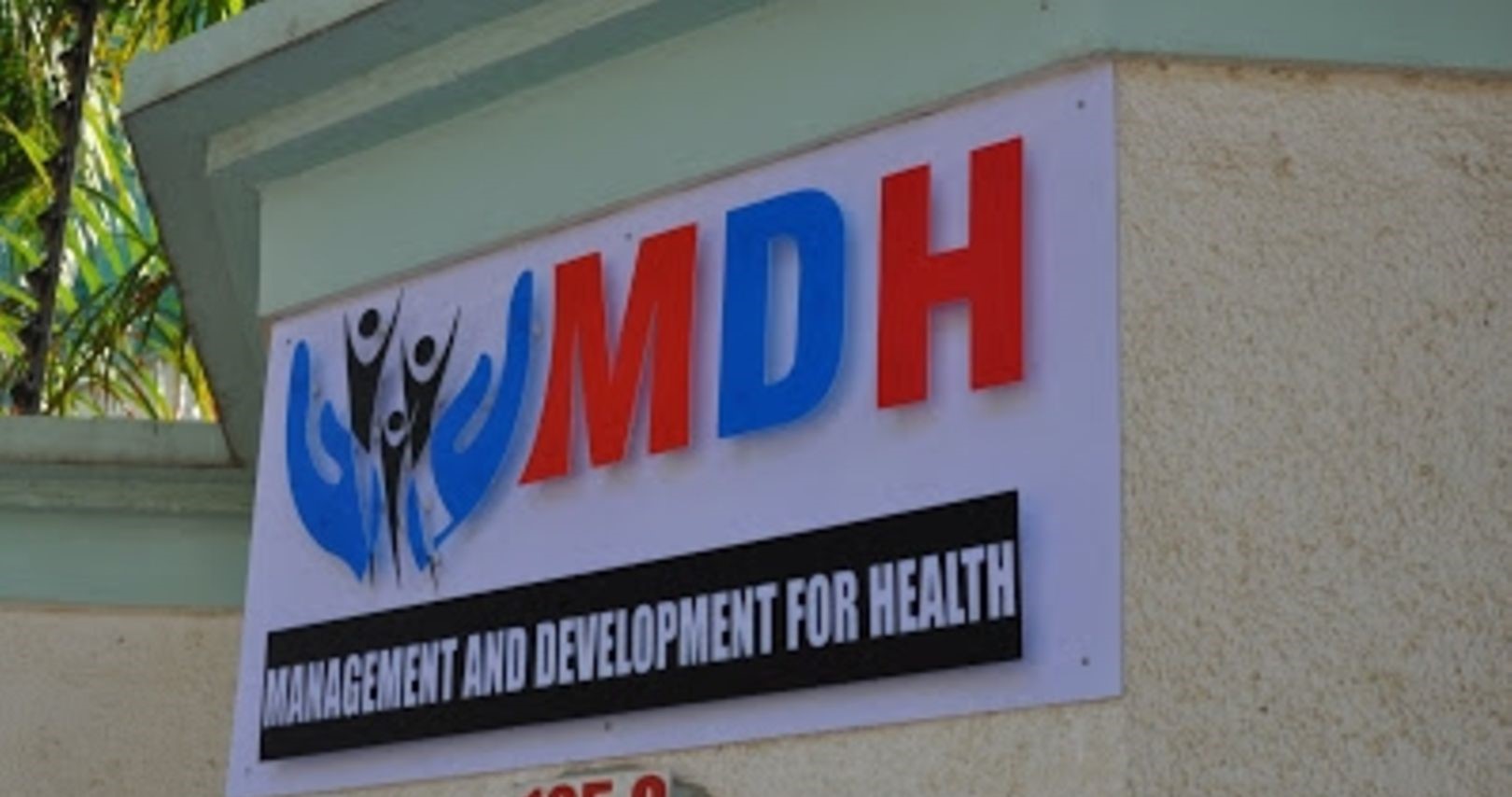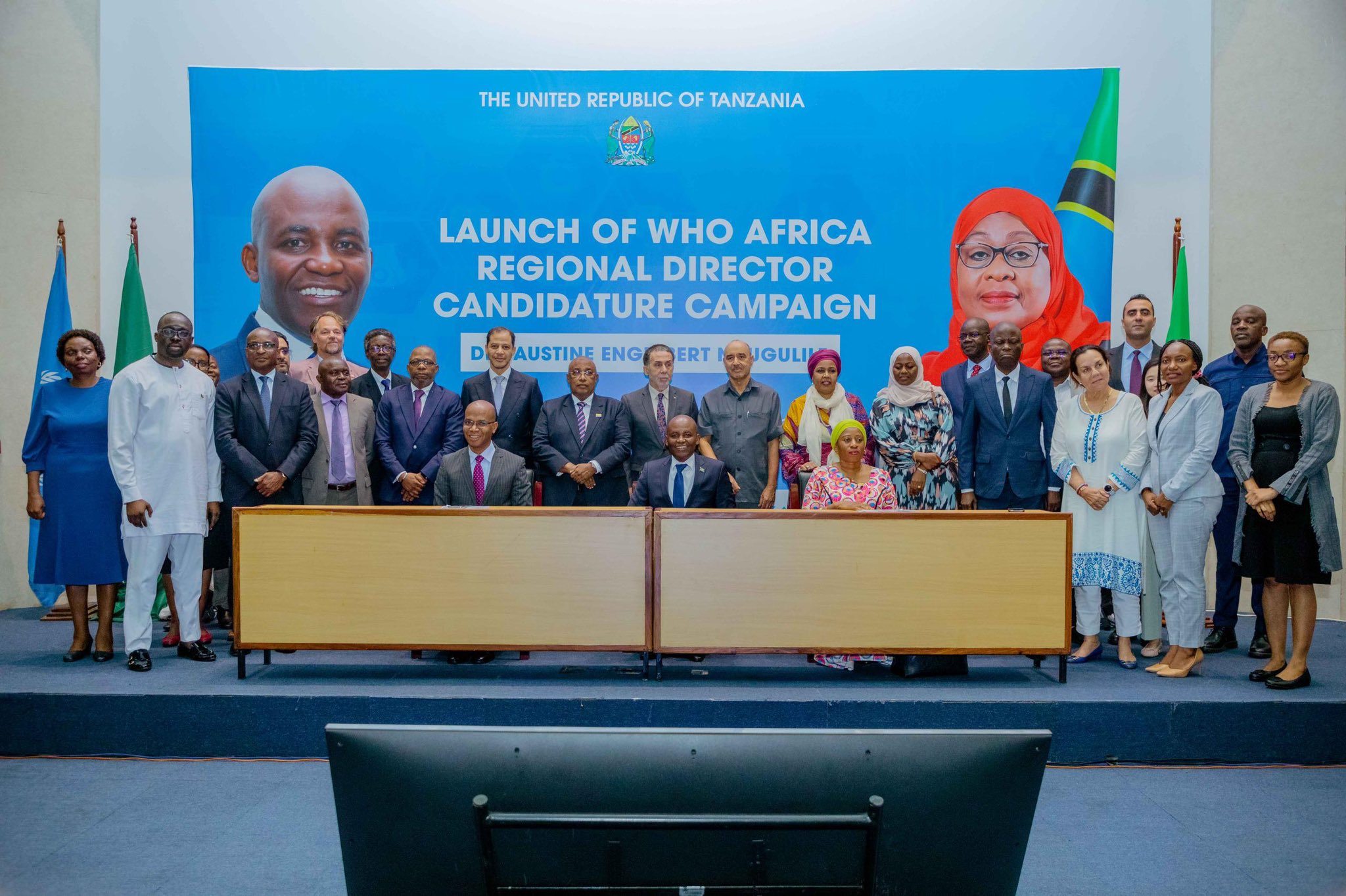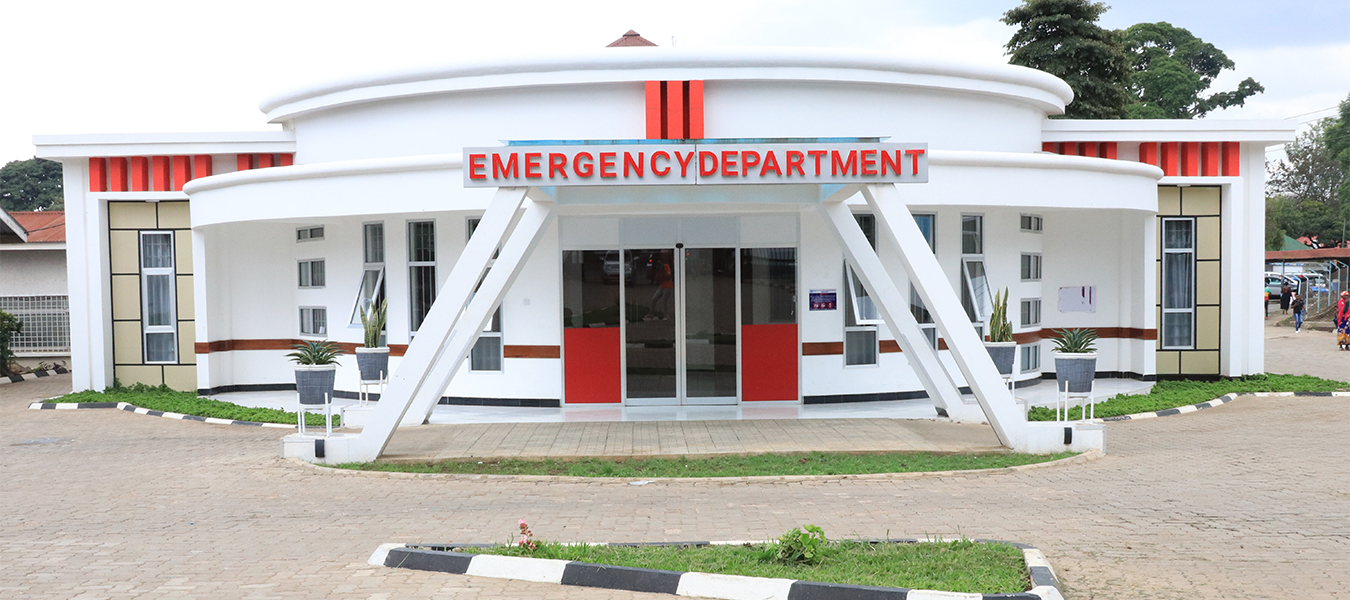Globally, 400 million people lack access to basic health services and millions of others are increasingly getting impoverished because of high out-of-pocket healthcare costs. The urgent need to address this challenge, more so through Public Private Partnerships (PPP), cannot be overemphasized.
Perhaps what’s more important to highlight at the moment, is whether our countries, including Tanzania, are ready for PPP. This matter was high on the agenda last month in Washington DC, when key players in healthcare teamed up at a workshop on Public Private Partnerships (PPP) for Global Health.
Discussants were a mix of key decision makers from World Bank Group, medical technology companies such as Medtronic and Philips as well as government officials from the health sector, international organizations and several other global figures. It was organized by the National Academies of Science, Engineering and Medicine in Washington, DC.
Being among the panelists, I grabbed this rare opportunity to share my experience on Tanzania; by reviewing the challenges faced and opportunities available at the local level.
From a local perspective, the data speaks volumes. Currently only 30 percent of the population is covered on health insurance; mainly by the National Health Insurance Fund (NHIF), with less than 2 per cent covered through private insurance schemes. This means that more than 35 million Tanzanians have to dig deep into their own pockets or claim for exemption in order to access healthcare at facilities.
Surprisingly, about 44 per cent of the low and middle income households rely considerably on private dispensaries to pay for healthcare (T.Kida, et al, 2012). This is, despite the stark reality that healthcare services are more costly in the private facilities than in public ones.
Read: How Tanzania can achieve universal health coverage
The big question is; why would a low income earner prefer to use his/her last coin at a private rather than a public health facility? Or on a general note, what challenges exist in the public sector that are not found in the private sector?
To find out why, it is important to explore the realities in public health facilities; which may be a good pointer to why a section of the population may prefer to go for services elsewhere (where the cost is generally known to be higher)—not in public health facilities.
A myriad of challenges can be discussed in this particular context, such as increased demand for health services in public facilities, lack of adequate infrastructure, shortage of trained staff, and unreliability of supply of medicines and consumables, lack of efficiency in operations, low quality services and the rising cost of healthcare.
If there is a strong PPP mechanism and both sectors work towards the four pillars of Universal Health Coverage (UHC), the differences may not matter anymore. In this case, I refer to access to services and equipment, quality of services and better outcomes as well as equity for the poor and the rich in terms of affordability of health services.
Typically, in the private sector, the focus is usually on ensuring more access to services and diagnostic equipment and much more improved quality of services; which are the key features in maintaining and running a successful business.

However, there is limited equity in the private health sector due to the fact that only those who can afford the services have access. Those who can’t afford, have to struggle. Equity is highest in the public sector because the poor and the rich have equal access to the services at affordable cost, compared to the private sector.
At this juncture, we need to find out how to leverage the two pillars of access and quality into the public sector arm? But also, we need to go further and find how we can bring in the benefit of equity and affordability into private sector?
I am convinced that the way to go is through Social Health Insurance (SHI) in which public funds provide additional resources particularly for those who are not able to afford the services provided by the private sector. In this case, there is more equity because someone is financing for the less privileged to access health services.
On the other hand, PPP is another way to go. The public sector becomes part of financing and bringing private sector efficiency. It also boosts quality in public sector. By all standards, the final responsibility for service delivery continues to remain with the public sector and execution by private partner.
Reference:
Tausi Mbaga Kida, et al: Provision and access of healthcare services in the urban healthcare market in Tanzania (Economic and Social Research Foundation-ESRF, 2012)









Thanks so much for such an eye opening approach to ensure equity and universal access to health. I support Social insurance fund. PPP is still unclear to me, unless I get more clarification.